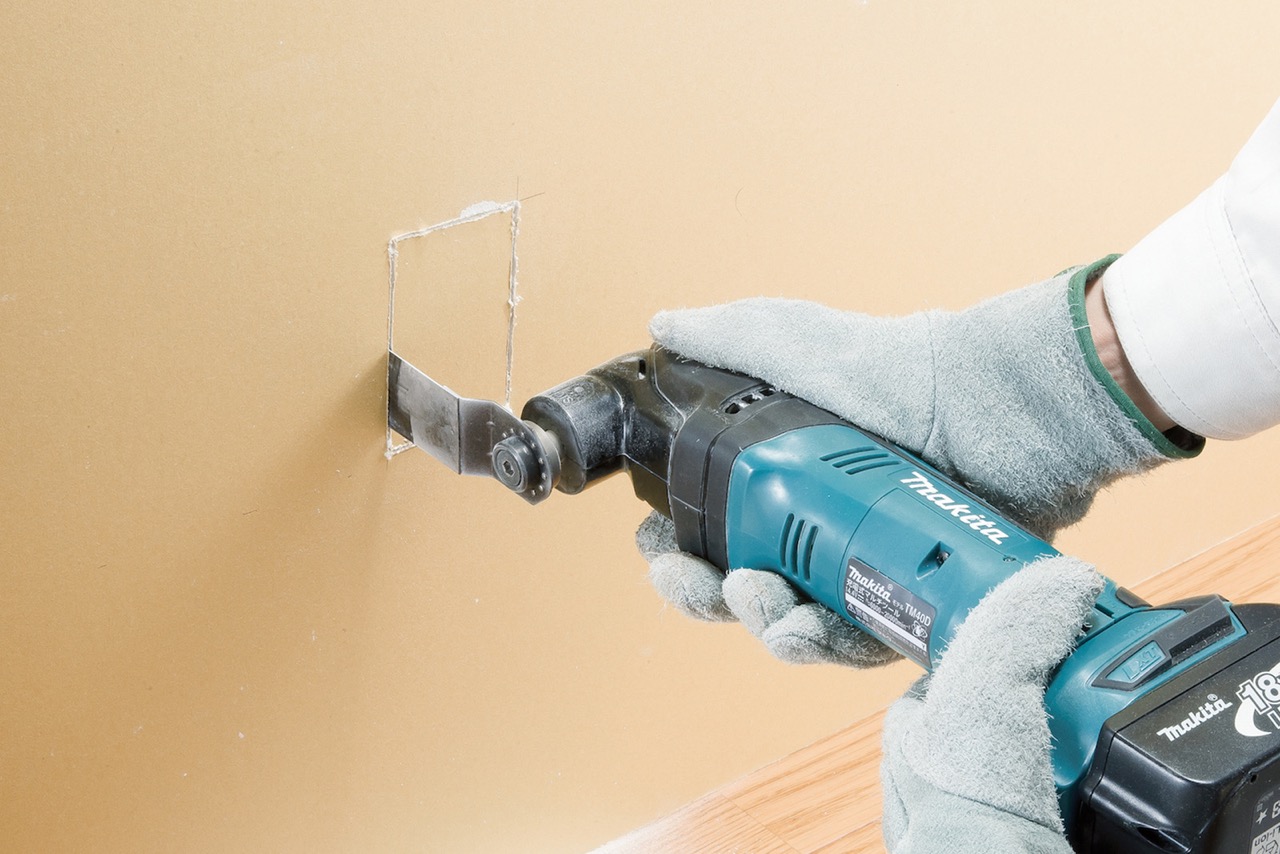

Articles
What Power Tools Do Electricians Use
Modified: October 20, 2024
Discover the top power tools that electricians use in their daily work. Read our informative articles to learn about essential tools and their functions.
(Many of the links in this article redirect to a specific reviewed product. Your purchase of these products through affiliate links helps to generate commission for Storables.com, at no extra cost. Learn more)
Introduction
Electricians are skilled professionals who play a crucial role in ensuring that our homes, offices, and public spaces have safe and efficient electrical systems. To effectively carry out their work, electricians rely on a variety of power tools that enable them to install, repair, and maintain electrical systems with precision and efficiency. These power tools not only make the job easier but also help in reducing the overall time and effort required.
In this article, we will explore the different types of power tools that electricians commonly use, understanding their essential features and functions. Whether you are an aspiring electrician or simply curious about the tools of the trade, this guide will provide you with valuable insights into the world of electricians and their power tools.
So, let’s dive in and discover the essential power tools that help electricians excel in their profession.
Key Takeaways:
- Electricians rely on a diverse range of power tools, from drills and saws to multimeters and crimping tools, to ensure efficient and precise electrical installations and repairs.
- The evolution of power tools continues to enhance the capabilities of electricians, enabling them to work with improved efficiency, safety, and reliability in the ever-changing landscape of electrical systems.
Read more: How Many Watts Do Power Tools Use
Types of Power Tools Used by Electricians
Electricians rely on a range of power tools to efficiently carry out their electrical work. These tools not only help them complete tasks effectively but also ensure safety and accuracy. Let’s explore some of the most common power tools used by electricians:
- Drills: Drills are probably the most commonly used power tool for electricians. They come in various sizes and types, including corded and cordless options. Electricians use drills to make holes in walls, floors, and ceilings for running wires and installing electrical fittings.
- Impact Drivers: Impact drivers are similar to drills, but they are designed for heavy-duty tasks. They are used to drive screws and fasteners into various materials, making them an essential tool for electricians when installing electrical panels, junction boxes, and mounting fixtures.
- Circular Saws: Circular saws are versatile power tools used by electricians for cutting through different materials such as wood, plastic, or metal. They are helpful when electricians need to create openings in walls or make precise cuts for electrical boxes.
- Reciprocating Saws: Reciprocating saws, also known as “recip saws” or “sabre saws,” are ideal for cutting through walls, pipes, and even nails. Electricians use these powerful saws to remove old wiring, make rough cuts, or access hard-to-reach areas.
- Wire Strippers: Wire strippers are essential tools used by electricians to remove the insulation from electrical wires. They ensure clean and accurate stripping, preventing damage to the wire itself. Wire strippers come in various sizes to accommodate different wire gauges and sizes.
- Multimeters: Multimeters are crucial diagnostic tools for electricians. They measure voltage, current, and resistance in electrical circuits, helping electricians troubleshoot and identify potential issues. Multimeters are essential for checking electrical connections, verifying continuity, and testing outlets.
- Voltage Testers: Voltage testers, also known as voltage detectors or non-contact testers, are used to check the presence of electrical voltage in wires or devices without making direct contact. Electricians use voltage testers to ensure the safety of the electrical circuits they are working on.
- Fish Tapes: Fish tapes are long, flexible strips of steel or nylon used by electricians to guide and pull electrical wires through conduit or behind walls. They are essential for routing wires in hard-to-reach areas or when running new electrical lines.
- Conduit Benders: Conduit benders are specialized tools that electricians use to shape metal conduits, allowing them to follow the desired path and corners. Conduit benders come in different sizes to accommodate various conduit diameters and bending angles.
- Crimping Tools: Crimping tools are used by electricians to make secure and reliable electrical connections. Electricians use them to attach connectors or terminals to wires by squeezing them together, creating a strong, permanent connection.
These are just some of the power tools that electricians rely on to perform their tasks efficiently. Each tool serves a specific purpose and contributes to the overall success of the electrical work. By leveraging these power tools, electricians can ensure efficient installations, repairs, and maintenance of electrical systems.
Drills
Drills are an indispensable tool for electricians, providing them with the ability to make precise holes in different materials. These versatile power tools come in various sizes and types, ranging from corded drills that offer constant power to cordless drills that provide mobility and flexibility.
Electricians use drills for a wide range of tasks, including drilling holes in walls, floors, and ceilings to run wires and install electrical fittings such as outlets, switches, and light fixtures. They also use drills to create openings for conduit pipes or anchor screws for mounting electrical panels and junction boxes.
When selecting a drill, electricians consider factors such as power, speed, and ergonomics. Power is determined by the drill’s voltage or ampere rating, with higher ratings indicating increased capabilities for drilling through harder materials. Speed is an important consideration as well since electricians may need to switch between high-speed drilling for softer materials and low-speed drilling for denser materials.
Ergonomics also play a crucial role, as electricians often use drills for extended periods. Comfortable grips, lightweight designs, and features such as adjustable handles and built-in LED lights for improved visibility make drilling tasks more manageable and less fatiguing.
In addition to standard drill bits, electricians also use specialized drill attachments, such as hole saws and auger bits, to accommodate specific needs. Hole saws allow electricians to create larger diameter holes for installing recessed lighting or running larger cables, while auger bits are used for drilling through wood and other soft materials.
Some drills have additional features that enhance their functionality, such as hammer action for drilling into masonry, adjustable torque settings for precise control, and built-in spirit levels for ensuring accurate drilling angles.
Overall, drills are an essential tool for electricians, providing them with the ability to create holes with precision to accommodate electrical wiring and fixtures. Whether it’s a simple task like installing an outlet or a more complex project like running conduit through various materials, drills are a trusted companion for electricians in their day-to-day work.
Impact Drivers
Impact drivers are powerful and versatile tools that electricians rely on for heavy-duty driving tasks. They are designed to provide high torque output, making it easier to drive screws, nuts, and bolts into various materials efficiently and with less effort.
One of the key features of impact drivers is their rotational force combined with concussive blows, which helps to greatly reduce the amount of physical exertion required compared to traditional drills or screwdrivers.
Electricians often use impact drivers when installing electrical panels, junction boxes, and mounting fixtures. The high torque generated by impact drivers allows them to drive screws into tough materials such as wood, metal, or concrete with ease.
One of the advantages of impact drivers is their compact and lightweight design, making them easy to handle in tight spaces or overhead situations. They are also available in corded and cordless variations, providing flexibility depending on the specific job requirements.
Impact drivers typically have adjustable torque settings, allowing electricians to customize the driving force based on the material being worked on. This feature helps prevent overdriving screws, which can lead to stripping or damaging the material.
Another noteworthy feature of impact drivers is their quick-change chuck mechanism. This allows electricians to easily switch between different types and sizes of driver bits, saving time and effort when dealing with multiple fasteners.
Additionally, impact drivers often come with built-in LED lights to improve visibility in dimly lit areas, enhancing accuracy and productivity during fastening tasks.
It’s important for electricians to choose the appropriate impact driver for their specific needs. Factors to consider include the maximum torque output, battery life for cordless options, and the availability of compatible driver bits.
Overall, impact drivers are essential power tools in an electrician’s arsenal, providing the necessary strength and efficiency for driving screws and fasteners. Their ability to deliver high torque and their compact design make them an invaluable asset for electricians, allowing them to complete their tasks more quickly and effectively.
Circular Saws
Circular saws are versatile power tools that electricians frequently use for cutting through various materials such as wood, plastic, and even metal. These handheld saws consist of a circular blade with sharp teeth that rotate at high speeds, allowing electricians to make precise and efficient cuts.
Electricians rely on circular saws for a range of tasks, including cutting lumber, plywood, or other materials to size for electrical installations. They use them to create openings in walls or ceilings for running conduit pipes, installing electrical boxes, or making adjustments to accommodate electrical fittings.
One of the benefits of circular saws is their ability to make straight cuts quickly and accurately. Electricians can adjust the cutting depth and angle of the blade, allowing them to achieve the desired cut for different materials and applications.
When choosing a circular saw, electricians consider factors such as blade diameter, motor power, and cutting features. Blade diameter determines the depth of the cut, with larger blades allowing for deeper cuts. Motor power is crucial for achieving high rotational speed and maintaining cutting efficiency, especially when working with denser materials.
Electricians also have the option of selecting between corded and cordless circular saws. Corded saws offer a constant power supply, which is beneficial for heavy-duty tasks and extended use. Cordless saws, on the other hand, provide greater mobility and flexibility, allowing electricians to work in areas without easy access to power outlets.
Circular saws are equipped with safety features to protect electricians during operation. Many saws have blade guards that cover the sharp teeth when not in use, preventing accidental contact. Some models also incorporate a safety switch or trigger lock to prevent unintended starts, ensuring that the saw only operates when intended.
Electricians must use proper techniques and precautions when using circular saws, such as wearing protective goggles, gloves, and hearing protection. They should also ensure that the workpiece is securely fastened or supported to prevent movement or kickback during cutting.
Overall, circular saws are essential tools for electricians, enabling them to make accurate and efficient cuts in a variety of materials. Whether it’s framing walls, resizing materials, or creating openings, electricians rely on circular saws to ensure precise and professional results in their electrical installations and repairs.
Reciprocating Saws
Reciprocating saws, also known as “recip saws” or “sabre saws,” are powerful and versatile tools that electricians frequently use for cutting through a wide range of materials. These handheld saws feature a reciprocating motion that moves the blade back and forth rapidly, allowing for both straight and curved cuts with ease.
Electricians rely on reciprocating saws for various electrical tasks, such as removing old wiring, cutting through pipes, or accessing hard-to-reach areas. These saws are particularly useful in demolition and renovation projects, where electricians need to make quick and efficient cuts through walls, studs, or other obstacles.
One of the main advantages of reciprocating saws is their ability to cut through a wide range of materials, including wood, metal, plastic, and even masonry. With the right blade, electricians can tackle different materials and applications, making reciprocating saws highly versatile in electrical work.
Reciprocating saws come in both corded and cordless variations, providing options for different job requirements. Corded reciprocating saws offer continuous power output for heavy-duty tasks and extended use. Cordless reciprocating saws, on the other hand, provide greater mobility and flexibility, allowing electricians to work in areas without easy access to power outlets.
When selecting a reciprocating saw, electricians consider factors such as power, stroke length, and blade change mechanism. Power is determined by the saw’s ampere rating, with higher ratings indicating increased cutting capability. Stroke length determines the depth of the blade’s cutting motion and impacts the saw’s cutting efficiency. Electricians also prefer saws with quick and easy blade change mechanisms, allowing them to switch blades quickly for different cutting tasks.
Reciprocating saws often include additional features to enhance usability and safety. For example, some models have adjustable shoe plates that allow cutting at different angles or depth settings. Others may have variable speed controls for more precise and controlled cutting. Additionally, some saws come with anti-vibration features to reduce fatigue during prolonged use.
As with any power tool, it’s important for electricians to follow safety precautions when using reciprocating saws. This includes wearing appropriate protective gear such as safety goggles, gloves, and hearing protection. Electricians should also ensure the workpiece is secure and stable during cutting to prevent accidents and kickback.
Overall, reciprocating saws are indispensable tools for electricians, enabling them to make precise and efficient cuts in various materials for electrical installations, repairs, and renovations. The versatility and power of reciprocating saws make them an essential asset in an electrician’s toolkit, facilitating a wide range of tasks with ease and efficiency.
Wire Strippers
Wire strippers are essential tools used by electricians to remove the insulation from electrical wires. They are designed to strip the outer insulation without damaging the underlying conductors, ensuring clean and reliable electrical connections.
Electricians rely on wire strippers for a variety of tasks, such as installing new electrical systems, replacing damaged wires, or making splices and connections. These tools come in different sizes and types to accommodate various wire gauges and sizes.
Wire strippers typically consist of a pair of jaws with sharp cutting edges and multiple notches or holes for different wire sizes. Electricians position the wire within the appropriate notch or hole and squeeze the handles, causing the cutting edges to strip away the insulation while leaving the inner conductors intact. Some wire strippers also have built-in cutting edges for trimming the wire ends.
The selection of the correct wire stripper depends on the specific wire gauge and insulation type being worked with. Electricians need to choose wire strippers that correspond to the wire size they are working on to ensure precise stripping and avoid damaging the conductors. Additionally, some wire strippers have adjustable settings to accommodate different wire sizes, offering versatility and convenience.
Wire strippers may also have additional features such as shearing blades for cutting through screws or bolts, crimping sections for creating electrical connections, or built-in wire looping holes for bending wires into desired shapes.
Using wire strippers correctly is crucial to maintaining the integrity of the wires and ensuring the safety of electrical connections. Electricians should carefully position the wire within the appropriate notch or hole, ensuring that the cutting edges are in contact with the insulation and not the conductors. They should then apply gentle pressure and rotate the wire stripper around the wire, allowing for a clean and smooth removal of the insulation.
It is essential for electricians to inspect the stripped wire after using wire strippers to ensure the insulation is completely removed, leaving no residue or damage. Insufficient or uneven stripping can result in poor electrical connections or potential short circuits.
Overall, wire strippers are indispensable tools for electricians, enabling them to quickly and accurately strip the insulation from electrical wires. By using the appropriate wire strippers for the job, electricians can ensure clean and reliable electrical connections, contributing to the safety and efficiency of electrical systems.
When choosing power tools for electrical work, look for ones with insulated handles and double insulation for added safety. Always use tools that are specifically designed for electrical work to prevent accidents.
Multimeters
Multimeters are essential diagnostic tools used by electricians to measure voltage, current, and resistance in electrical circuits. These versatile devices provide valuable insights into the functioning of electrical systems, helping electricians troubleshoot issues, verify continuity, and ensure accurate measurements.
Electricians rely on multimeters for a wide range of tasks, including testing outlets, checking electrical connections, identifying faulty components, and measuring the voltage or current in a circuit. Multimeters are highly accurate and provide real-time readings, enabling electricians to make precise measurements.
There are two primary types of multimeters: analog and digital. Analog multimeters use a needle or pointer that moves across a scale to indicate the value being measured. Digital multimeters, on the other hand, provide readings through a digital display, making them easier to read and interpret.
Multimeters offer different measurement modes, including voltage, current, resistance, continuity, and capacitance. Electricians can switch between these modes depending on the specific information they need to gather. For example, they may use the voltage mode to measure the voltage level in a circuit, or the continuity mode to check for the presence of an uninterrupted path for current flow.
Some multimeters also have additional features, such as diode testing, temperature measurement, and frequency measurement. These features enhance the versatility of the multimeters and allow electricians to perform more advanced diagnostics when needed.
When using a multimeter, electricians need to select the appropriate range and mode for the specific measurement they are making. This ensures accurate readings and prevents overloading the multimeter. For safety, it is important to use the multimeter in accordance with the manufacturer’s instructions and follow proper electrical safety precautions.
Multimeters are often compact and portable, allowing electricians to carry them easily to different job sites. They are powered by batteries, making them self-sufficient and not reliant on external power sources.
Overall, multimeters are indispensable tools for electricians, providing them with critical information to diagnose electrical issues, troubleshoot problems, and ensure the proper functioning of electrical systems. By using multimeters, electricians can work effectively and efficiently, saving time and ensuring the safety and reliability of electrical installations and repairs.
Voltage Testers
Voltage testers, also known as voltage detectors or non-contact testers, are essential tools used by electricians to check for the presence of electrical voltage in wires or devices without making direct contact. These testers provide a quick and convenient way to verify the presence or absence of electrical power, ensuring the safety of the electrician and preventing potential accidents.
Voltage testers are designed to detect electric fields or currents generated by live wires or electrical equipment. They use specialized sensors or probes that can sense the electromagnetic field produced by the voltage in the vicinity of the tester.
One of the primary advantages of voltage testers is their non-contact nature, allowing electricians to check for voltage without the need to touch or expose themselves to the live electrical components. This significantly reduces the risk of electrical shock or injury.
Electricians commonly use voltage testers to verify if an electrical circuit is live or de-energized before commencing work. This helps them take appropriate safety precautions and ensure that no electrical power is present in the area they are working on.
Voltage testers typically have an indicator that alerts the electrician to the presence of voltage. This may be in the form of an audible beep, a visual LED light, or a combination of both. Some advanced voltage testers may also provide additional features such as the ability to differentiate between different voltage levels or indicate the presence of specific types of voltage, like alternating current (AC) or direct current (DC).
Electricians must ensure they are using the correct voltage tester for the specific job at hand and follow the manufacturer’s instructions for proper usage. It is essential to test the voltage tester itself before each use to ensure its accuracy and reliability.
Voltage testers come in various forms, including pen-style testers, clamshell testers, and probe-style testers. Each type has its own advantages and is suited to different applications and preferences.
Overall, voltage testers are crucial tools for electricians, providing a quick and safe method to verify the presence of electrical voltage. By using voltage testers, electricians can confidently work on electrical systems, knowing they have taken the necessary precautions to ensure their safety and the safety of others.
Fish Tapes
Fish tapes are invaluable tools used by electricians for routing and pulling electrical wires through conduit, walls, or ceilings. These long, flexible strips of steel or nylon are essential for navigating obstacles and accessing hard-to-reach areas during electrical installations and repairs.
Electricians commonly use fish tapes when running new electrical lines or replacing existing wires. They help guide the wires through tight spaces, conduit pipes, or behind walls, ensuring a smooth and efficient installation process.
Fish tapes are available in different lengths and widths to accommodate various job requirements. The tape is equipped with a handle or grip on one end for easy maneuverability, while the other end is either flat or attached to a fish hook or eyelet. This allows electricians to attach the wires securely to the fish tape and guide them through the desired path.
When using a fish tape, electricians carefully insert the tape into the conduit or wall cavity, gently pushing and guiding it while avoiding any obstructions. Once the tape reaches the desired location, electricians attach the electrical wires to the fish tape using tape or other secure methods.
Electricians then retract the fish tape, pulling the wires along with it, until they reach the starting point. This process helps ensure that the wires are properly routed and positioned, ready for connection and termination.
Fish tapes are particularly useful in situations where it is challenging or impossible to access the wires directly. By allowing electricians to navigate through tight spaces, conduit bends, or even long distances, fish tapes enable efficient installations and reduce the need for extensive demolition or invasive work.
Electricians must exercise caution when using fish tapes to prevent damage to the wires or the surrounding structure. They should be mindful of any sharp edges or corners that could cause the tape to get stuck or damage the insulation of the wires. Proper techniques and patience are essential to ensure a successful and efficient wire routing process.
Overall, fish tapes are indispensable tools for electricians, enabling them to navigate through obstacles and access hard-to-reach areas during electrical installations and repairs. By utilizing fish tapes, electricians can save time, minimize disruptions, and ensure the proper routing of electrical wires, contributing to the overall efficiency and reliability of electrical systems.
Conduit Benders
Conduit benders are specialized tools that electricians use to shape metal conduits, allowing them to follow specific paths and corners. These tools are crucial for bending and manipulating conduits to fit the desired installation layout while maintaining the integrity of electrical wiring systems.
Electricians commonly work with metal conduits, such as rigid steel or intermediate metal conduit (IMC), to protect electrical wiring in commercial and industrial settings. Conduit benders provide precise control over bending angles, allowing electricians to create smooth, accurate bends that meet project specifications and electrical code requirements.
Conduit benders come in different sizes to accommodate various conduit diameters and bending angles. They consist of a long handle for leverage and a shoe that holds the conduit in place during the bending process. The shoe is designed to provide a secure grip on the conduit without causing damage or deformation.
When using a conduit bender, electricians carefully position the conduit within the shoe, aligning it with the appropriate bending marks. By applying controlled pressure on the handle, the electrician gradually bends the conduit to the desired angle.
Conduit benders typically have degree scale markings, allowing electricians to determine the precise angle of the bend. By using the correct bending angles, electricians ensure that the conduit maintains a smooth interior and minimizes the risk of wire damage or obstruction.
Using conduit benders requires practice and experience to achieve accurate and consistent bends. Electricians must take into account factors such as the type of conduit, bending radius requirements, and the desired overall layout of the electrical system they are installing or modifying.
When working with conduit benders, electricians should consider their own safety as well. They should securely anchor the conduit bender to prevent slipping or movement during the bending process. Wearing appropriate personal protective equipment, such as gloves and safety glasses, is also essential to minimize the risk of injury.
Overall, conduit benders are essential tools for electricians, allowing them to shape metal conduits to fit the required installation layout. By leveraging the precision and control provided by conduit benders, electricians can ensure efficient and professional electrical installations while maintaining compliance with industry standards and regulations.
Crimping Tools
Crimping tools are essential tools used by electricians to create secure and reliable electrical connections. These tools provide a way to attach connectors or terminals to electrical wires by compressing them together, creating a strong and permanent connection.
Electricians often use crimping tools for various applications, such as installing electrical fittings, making wire splices, or terminating connectors for devices or equipment. Crimping ensures that the conductors are tightly secured within the connectors, eliminating the risk of loose or faulty connections.
Crimping tools come in different styles and sizes to accommodate various wire gauges and connector types. They feature a mechanism with jaws or dies that exert a controlled amount of force when pressed together, deforming the connector and effectively bonding it to the wire.
Using a crimping tool involves aligning the wire into the connector or terminal, placing it within the jaws or dies of the tool, and applying pressure to crimp the connector onto the wire. The crimping process creates a mechanical bond that not only ensures electrical conductivity but also provides strain relief and prevents the wire from pulling out of the connector.
Electricians must choose the appropriate crimping tool and connector for the specific wire size and application at hand. Using the wrong size or type of crimping tool can result in improper crimps, leading to unreliable connections or damage to the wires or connectors.
It’s important to note that crimping tools are not a one-size-fits-all solution. Different crimping techniques and connector types require specific tools and procedures. Electricians should follow the manufacturer’s guidelines and best practices to ensure proper crimping techniques and achieve optimal results.
Some crimping tools have additional features, such as built-in ratchets or adjustable settings, allowing electricians to control the amount of pressure and ensure consistent and repeatable crimping results. These features contribute to overall quality and reliability in electrical connections.
When using crimping tools, electricians should inspect the crimps to ensure they are properly formed, without any visible gaps or loose connections. Performing pull tests or utilizing specialized crimp quality assurance tools can further validate the integrity of the crimped connection.
Overall, crimping tools are essential instruments for electricians, facilitating the creation of secure and reliable electrical connections. By using the correct crimping techniques and tools, electricians can ensure proper wire termination, maintaining safe and efficient electrical systems.
Conclusion
Power tools play a vital role in the work of electricians, enabling them to install, repair, and maintain electrical systems with efficiency, precision, and safety. The wide range of power tools available to electricians reflects the diverse nature of their tasks and the need for specialized equipment to address specific challenges.
From drills and impact drivers for fastening and drilling tasks, to circular saws and reciprocating saws for cutting through different materials, electricians rely on these tools to complete their work with accuracy and speed. Wire strippers ensure clean and reliable wire connections, while multimeters and voltage testers provide invaluable diagnostic information and help ensure electrical safety.
Electricians also rely on fish tapes to navigate through tight spaces and conduit benders to shape metal conduits, facilitating the routing of electrical wires. Crimping tools create secure and lasting electrical connections, enhancing the reliability of electrical systems.
As technology advances, power tools continue to evolve, offering more features, improved efficiency, and enhanced safety mechanisms. Electricians must stay updated with the latest tools and techniques to deliver quality work while complying with industry standards and regulations.
In conclusion, the power tools used by electricians are essential for their day-to-day work. These tools not only improve productivity but also ensure the safety and reliability of electrical installations and repairs. With the right set of power tools at their disposal, electricians can confidently tackle any electrical project, making a significant contribution to the functioning and longevity of electrical systems that power our homes, workplaces, and public spaces.
Frequently Asked Questions about What Power Tools Do Electricians Use
Was this page helpful?
At Storables.com, we guarantee accurate and reliable information. Our content, validated by Expert Board Contributors, is crafted following stringent Editorial Policies. We're committed to providing you with well-researched, expert-backed insights for all your informational needs.


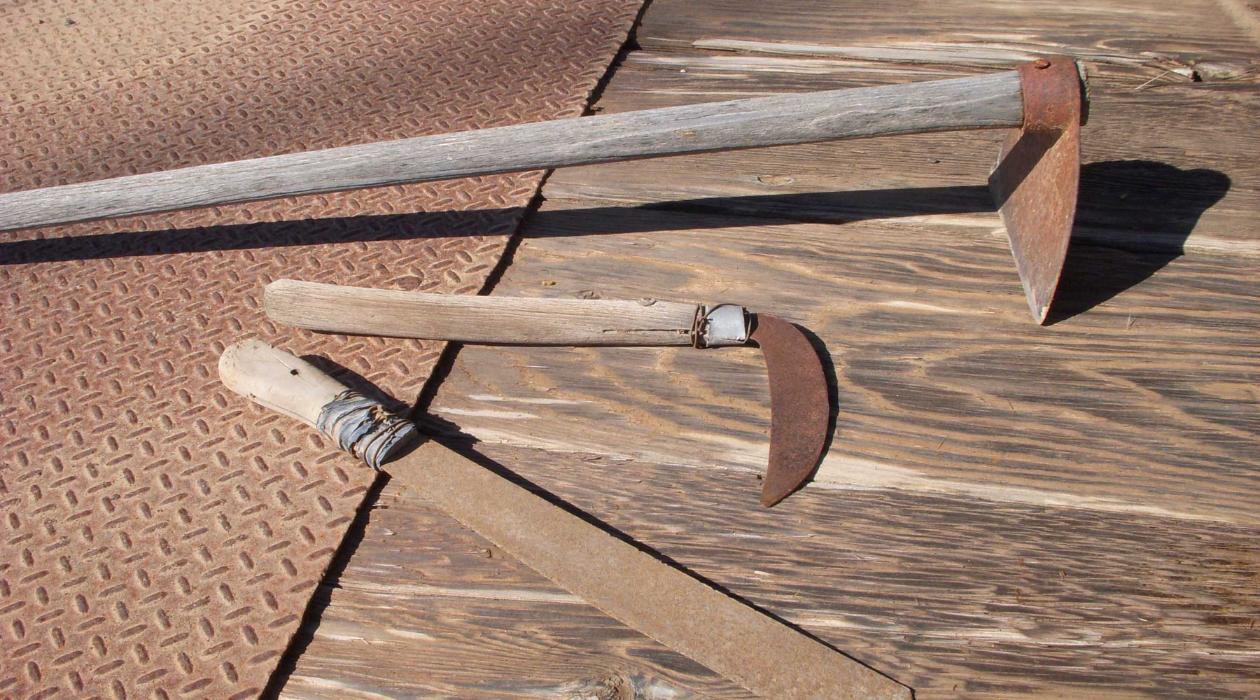
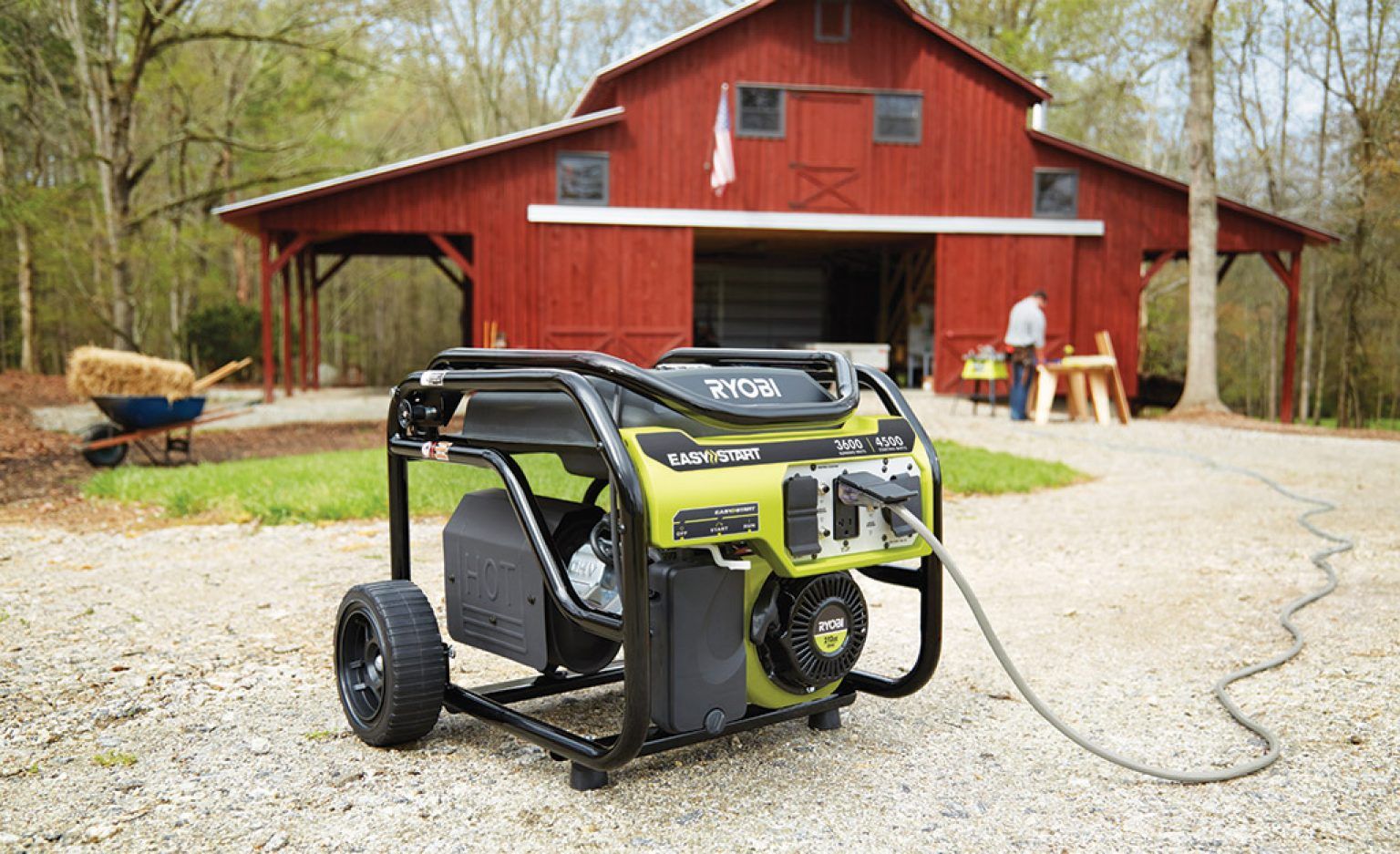
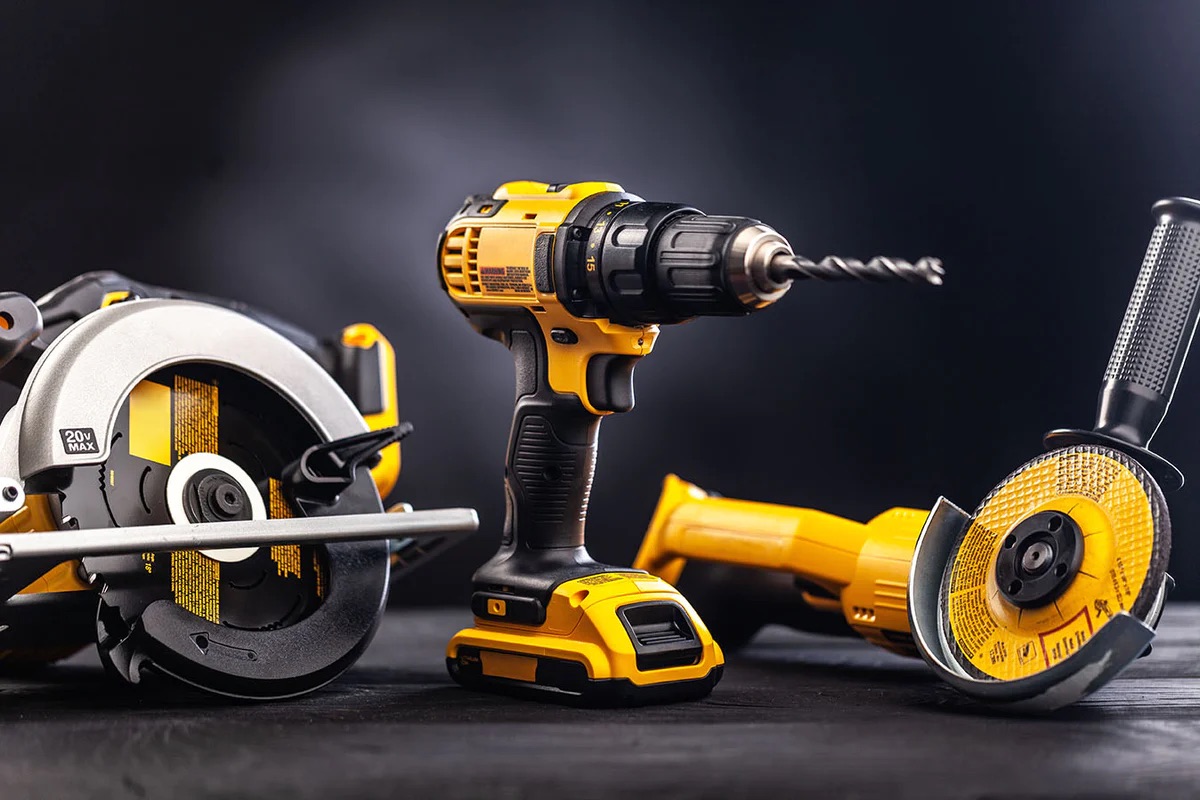
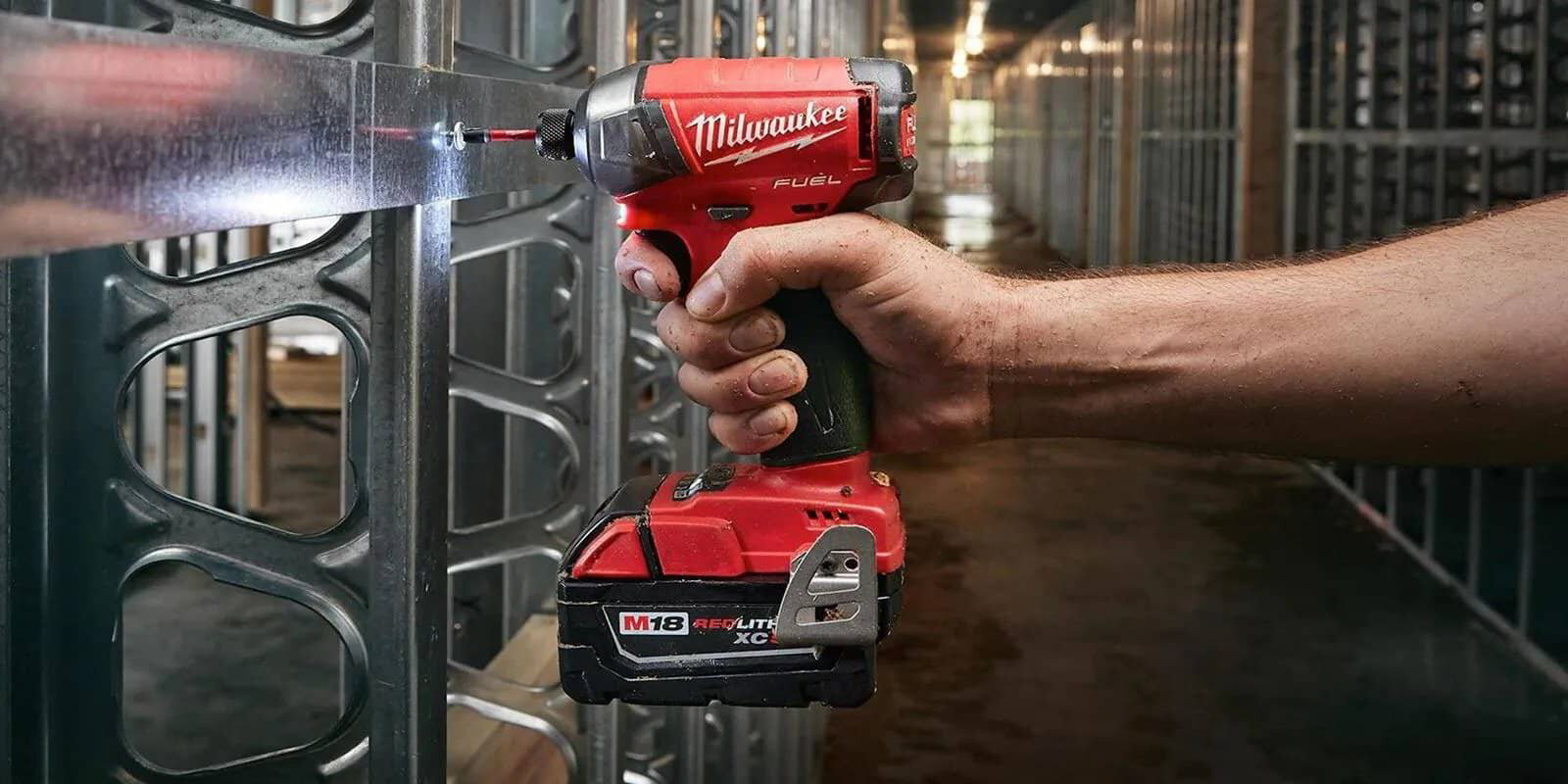
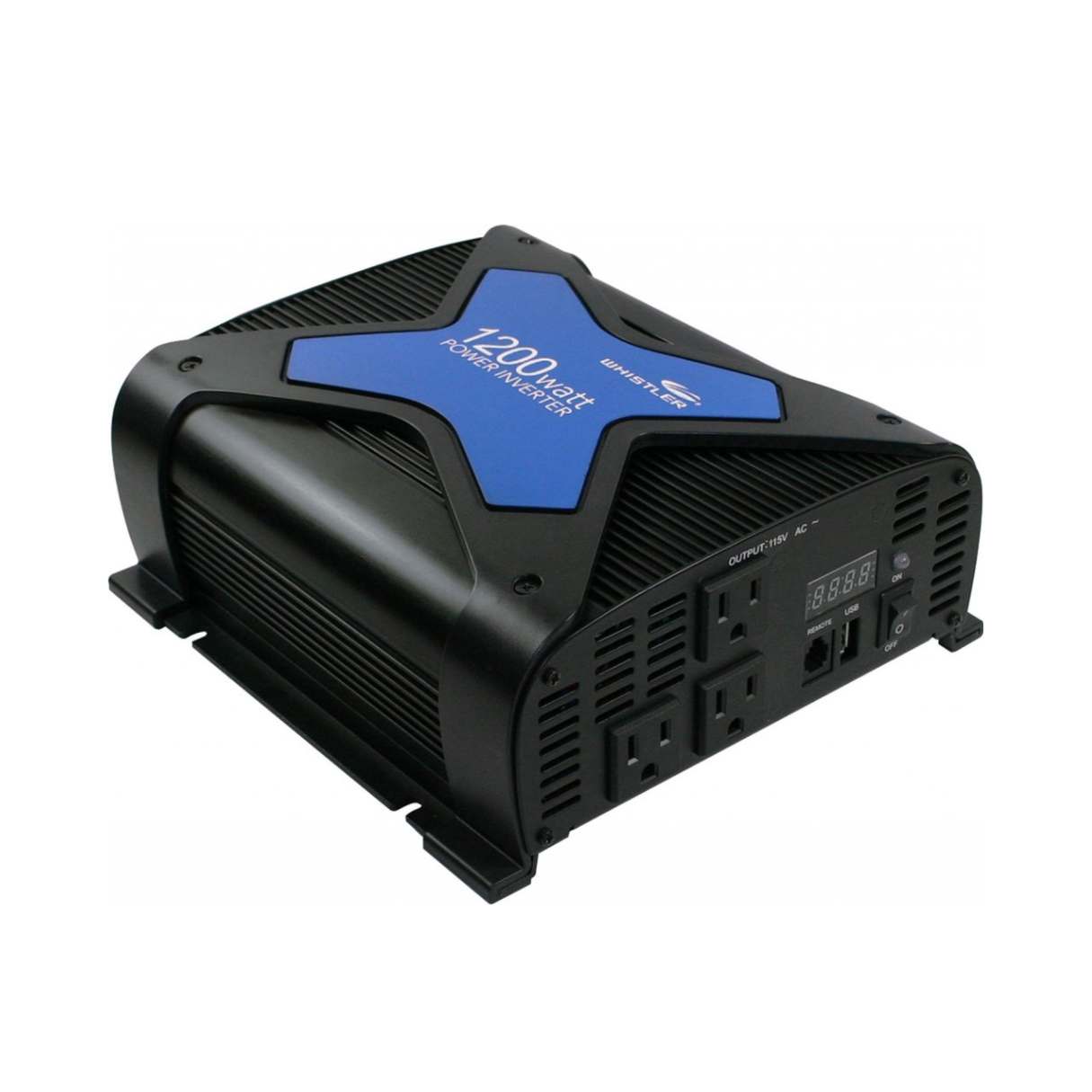
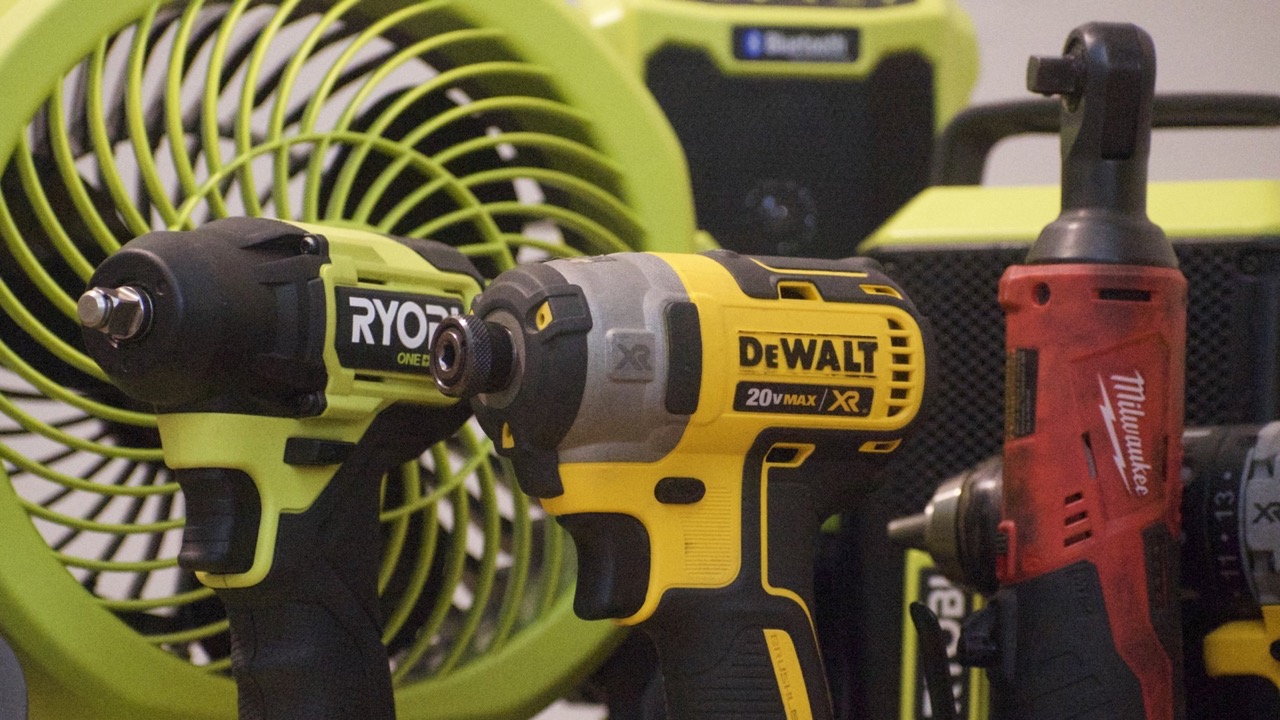
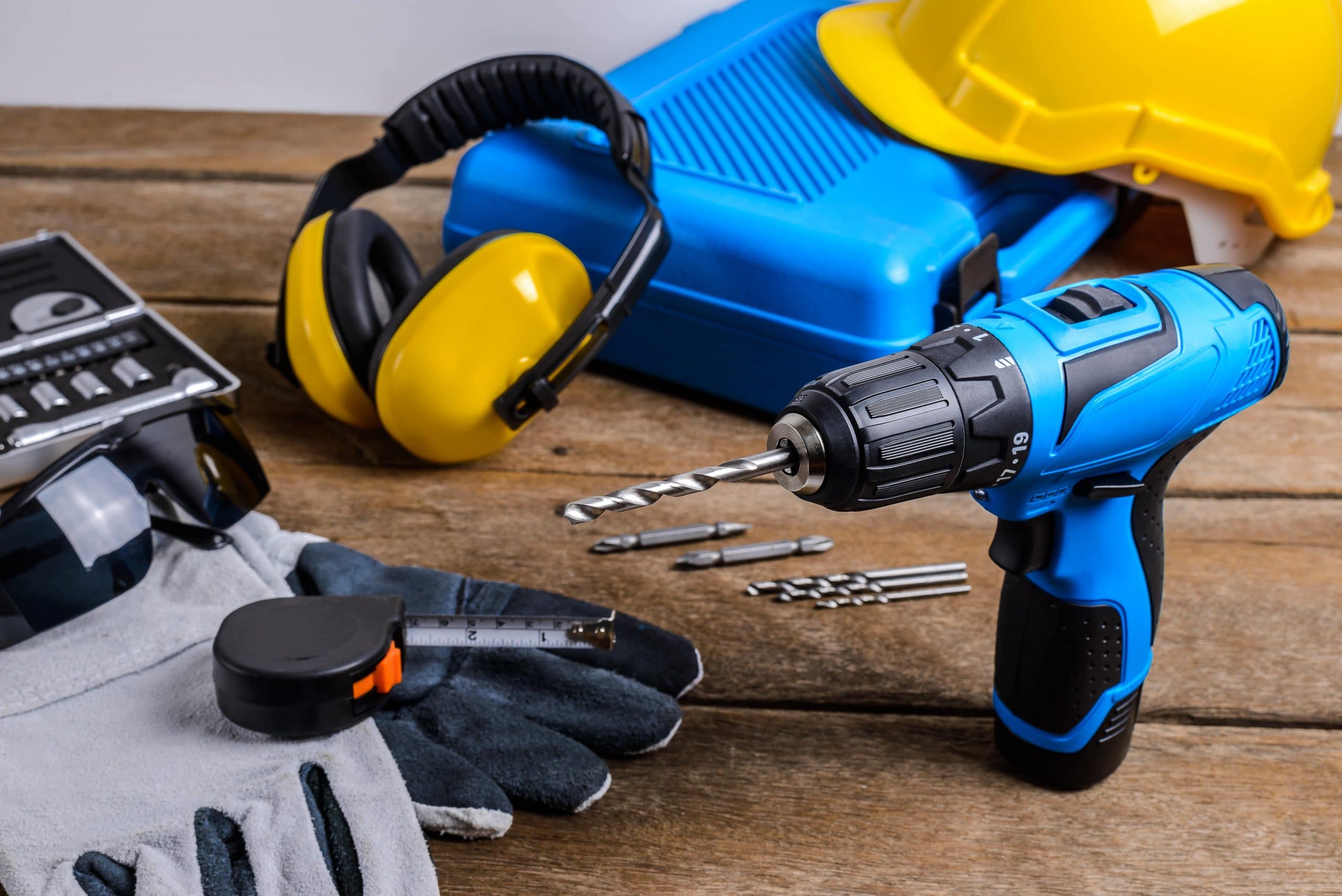

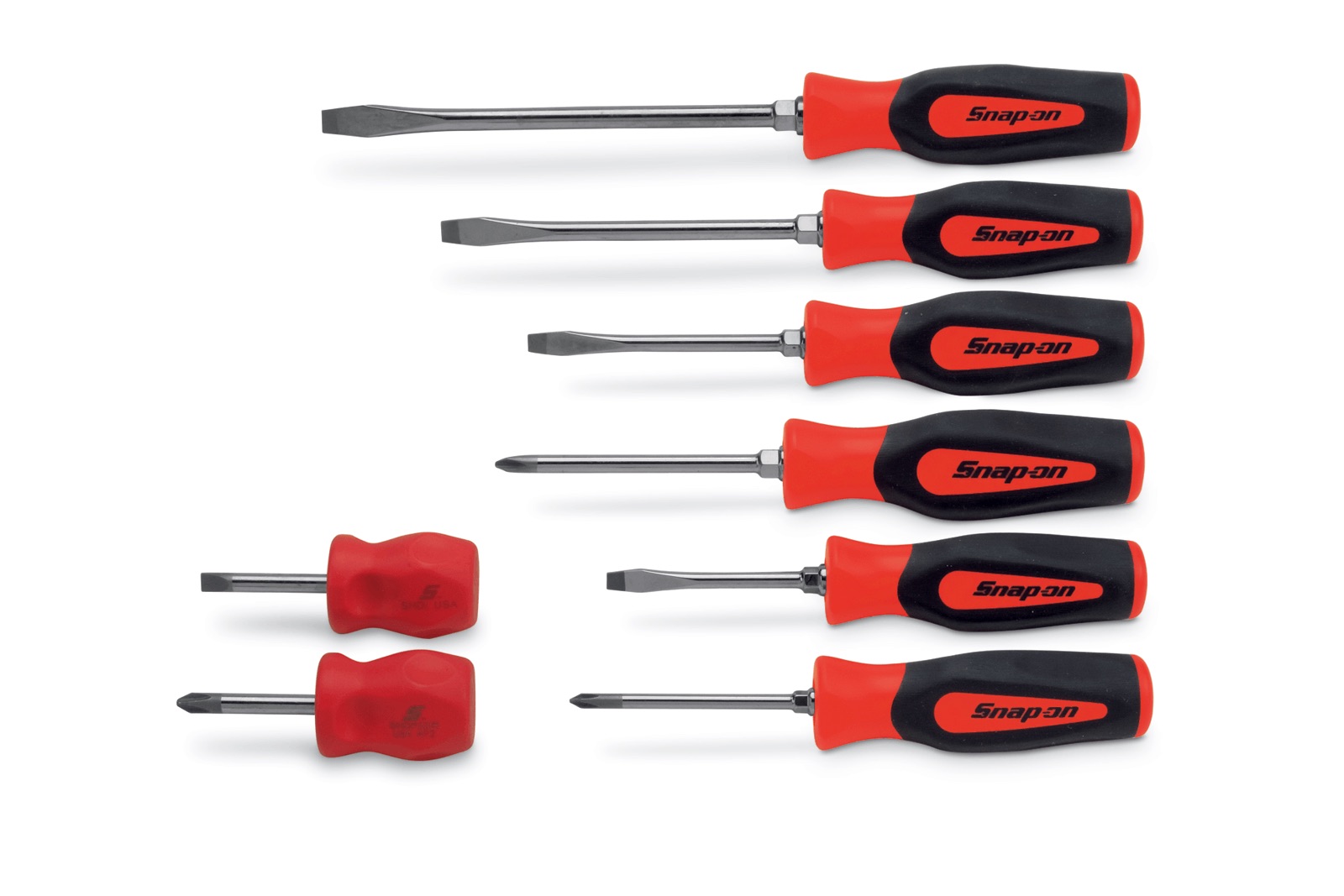
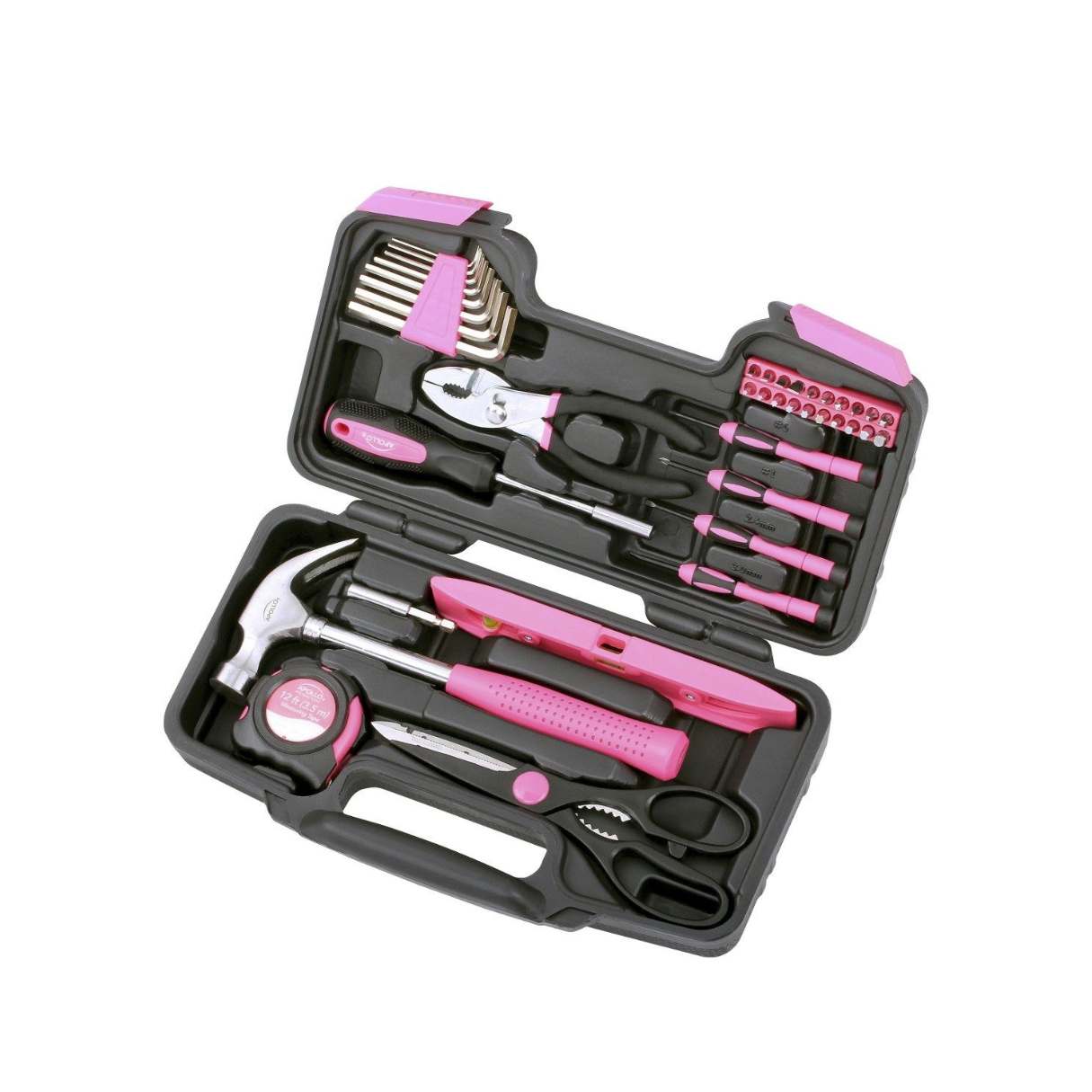
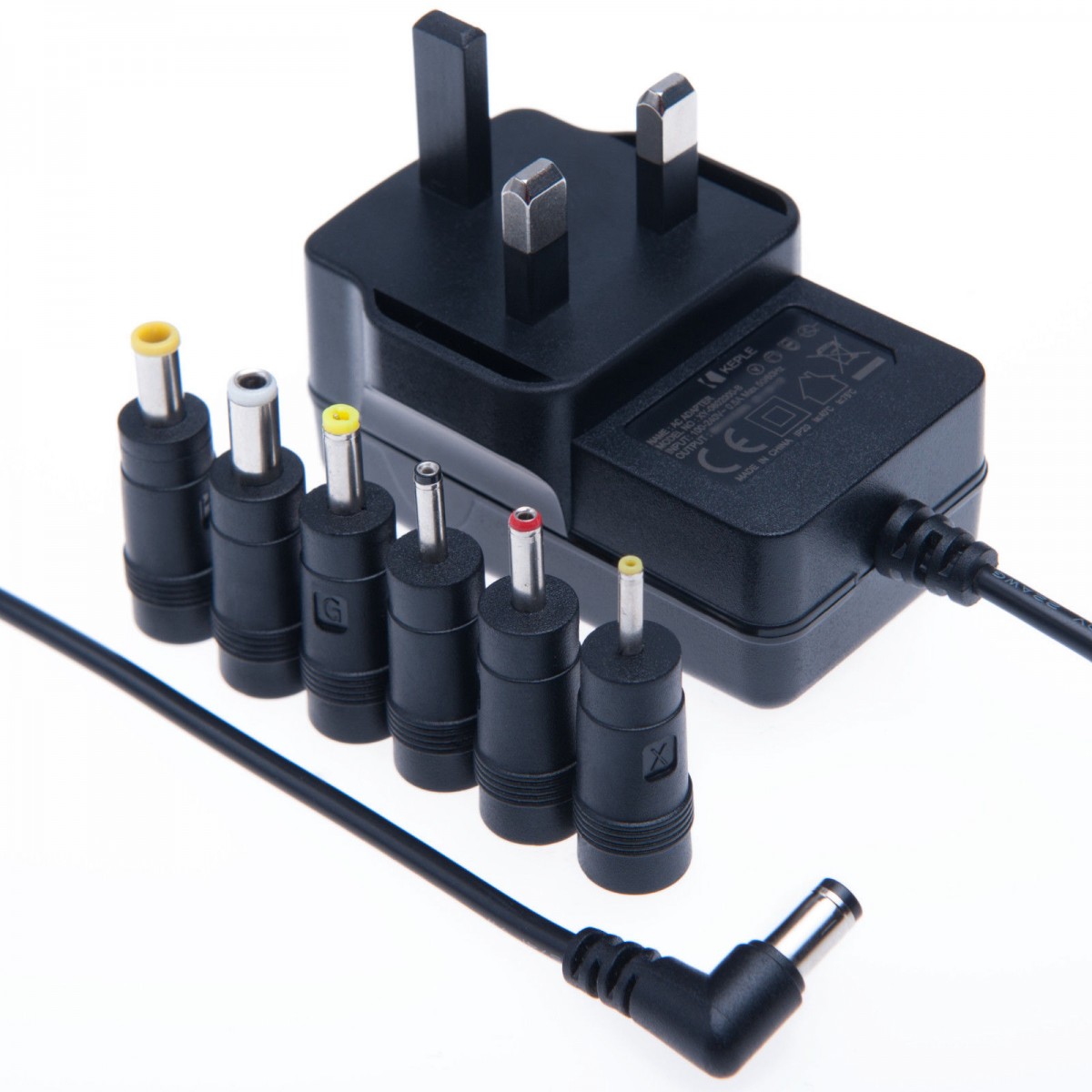

0 thoughts on “What Power Tools Do Electricians Use”